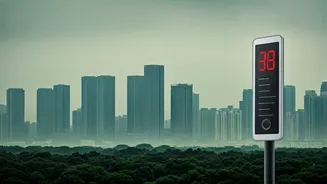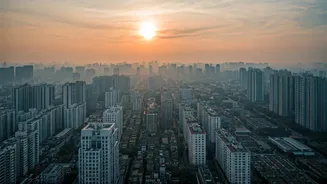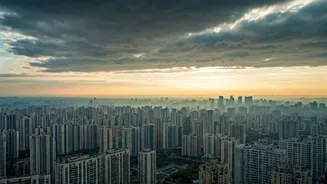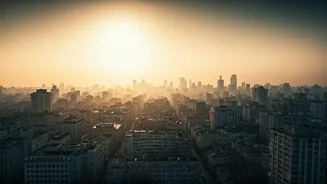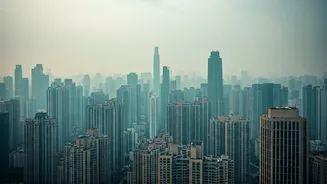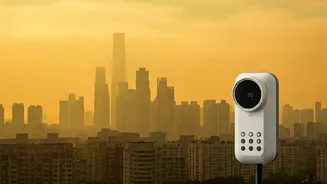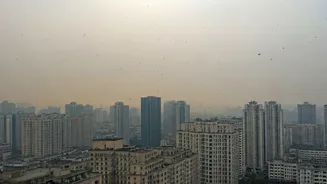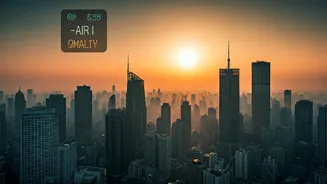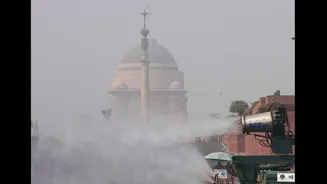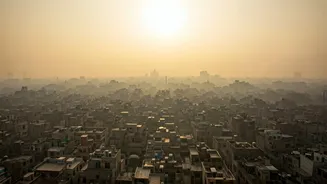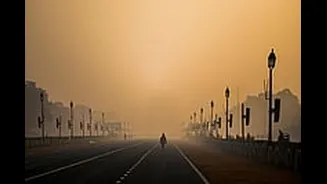Diwali's Aftermath: Air Quality
Following the vibrant Diwali celebrations, Delhi faced a stark reality: a significant decline in air quality. The Air Quality Index (AQI) reached 'severe'
levels, raising health alarms. The post-Diwali period saw a noticeable deterioration in air quality, prompting concerns about the impact on public health. Residents noted the visual and physical effects of the pollution, with many reporting burning throats and other respiratory symptoms. The severity of the air quality was a stark contrast to the festive atmosphere, highlighting the immediate consequences of the fireworks and related activities. This resulted in an urgent need for solutions and a greater awareness of the air quality challenges faced by the city after major festivals.
AQI Levels & Concerns
The post-Diwali AQI in Delhi was a cause for significant worry. The 'severe' classification indicates that the air was heavily polluted and hazardous to breathe, particularly for vulnerable groups such as children, the elderly, and those with pre-existing respiratory issues. The residents' feedback revealed the severity of the situation; many described Delhi as a 'gas chamber', a strong statement reflecting the intensity of the pollution and its impact on the city's atmosphere. This prompted immediate health warnings and advisories, urging residents to stay indoors and avoid outdoor activities. This alarming situation underscores the immediate health risks associated with high levels of air pollution and the need for immediate measures to mitigate its effects.
Public Reaction & Impact
The public's response to Delhi's post-Diwali air quality was one of deep concern and frustration. Numerous residents shared their experiences, highlighting the adverse effects of air pollution. They reported physical symptoms such as burning eyes, sore throats, and breathing difficulties, emphasizing the impact on their daily lives. The widespread concerns included the health of children, leading to calls for better protection and safer environments. The situation was further aggravated by the already existing air quality issues, adding to the urgency of environmental protection and public health initiatives. The collective outcry underlined the pressing need for policy interventions aimed at improving air quality and addressing the root causes of pollution during and after major celebrations.
Seeking Protective Measures
As the air quality plummeted, the need for protective measures became critical, with suggestions for safeguarding public health. Principals and concerned individuals recommended various steps to mitigate the impact of the polluted air. It was recommended that people should avoid outdoor activities, especially during peak pollution hours. The need for wearing masks was highlighted as a precautionary measure to filter out pollutants. Calls for a collective effort to address the issue, suggesting the need for stricter regulations and enforcement to curb pollution, were also made. These measures were aimed at providing immediate relief and ensuring the safety of residents during the period of poor air quality. Such measures underscored a proactive response to the crisis.
